
Using a theme built with Search Engine Optimization (SEO) in mind will help your website achieve high rankings on search engines. This means people can organically discover your online store on Google, Bing, etc.
However, new website owners usually make the same old mistake. They think about search engine optimization (SEO) after the site is launched.
Creating quality content may need a lot of hard work, but if you do not have an SEO-friendly theme to back it up, your store may not get the exposure it deserves.
When choosing your theme, there is more to consider than aesthetics. Poor coding, large image files, and outdated can be hiding underneath a beautiful display. All of this affect search engine ranking as certain metrics are picked up by search engine algorithms for effectively ranking a website.
It is easy to evaluate the available options when you understand the different elements that make up an SEO-ready theme. In this guide, you will learn what you should consider when selecting an SEO-friendly theme.

Free, recurring, highly converting traffic. That is what you are about to know how to get.
1. Free of Malware

Many themes consist of around 40,000 to 45,000 lines of code, so there is a considerable amount of room for error. If just a single line of code is wrong, a hacker would exploit it for performing harmful activities on your site. Themes with malware actively steal the site’s data, generate pop-up ads or act as a vector by spreading malware to the website's visitors.
Search engines do not rank websites if they use a malware-ridden theme. In fact, Google may de-index the website completely for protecting its users from infection.
It cannot be assumed that themes are free of malware just because they load properly on the site. Certain theme developers hide their malware to prevent it from being easily detected.
2. Responsiveness

A website theme is very much like clothing. They come in varying colours, shapes, sizes, and designs. As with clothes, a lot of them will look great on you, but only some will fit you properly.
Likewise, a website is viewed on different kinds of browsers, devices, and screen resolutions. A responsive theme will scale accordingly and look great no matter what. An SEO-friendly theme has a responsive layout that ‘adjusts’ to different screen sizes across devices. That way, mobile shoppers won't be greeted with a poorly-adjusted homepage, and search engines like it when sites are easy to use and accessible.
A non-responsive theme, on the other side, may suffer from usability problems with specific devices. When viewed on an android phone, for example, a non-responsive theme will display extremely large images and text blocks that have to be scrolled horizontally.
Sites that aren’t compatible with mobile devices rank lower than mobile-friendly sites. Google considers mobile-friendliness as the foremost ranking factor on mobiles - where sixty percent of searches happen.
Use Google’s Mobile-Friendly Test tool to check if your theme is responsive.
3. Loading Speed

If your theme is very bulky with many files, it will take time to load. It may be tempting to choose a theme that has a laundry list of functions. But if you do not actually use these features, then they are only slowing your site down.
Users have very short attention spans. Most will leave if a site takes more than 5 seconds to load. Page load speed is a major Google ranking factor due to its contribution to the user experience. Search engines rank fast sites higher than slower sites since they create a positive experience for users.
From an SEO perspective, hunt for the fastest loading theme such as a new-gen theme with extra-light packages. A theme like that may contain a lot of elements but still weigh like a feather, thanks to the next-generation file structure.
Before you finalize your theme, run its demo page through Google's PageSpeed Insights tool.
4. Customizable Metadata
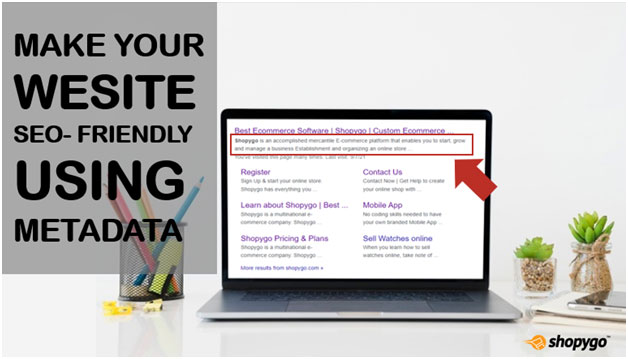
Metadata improves a website's SEO, and being able to customize metadata is a fundamental part of any SEO-friendly theme.
For example, title tags are important as they tell search engines which kind of content to display when a user searches for a keyword.
A few other important tags that should be customizable include:
- Canonical
- Meta description
- Open Graph
- Twitter cards
- Robots meta
- Alternative text
5. Clean Code

WhenWebsites are made up of codes. If these codes are poorly written, it will impact the security, speed, and resources of the site. Code bloat can slow down the load time both for the user as well as search crawlers that are trying to index your site.
A theme with clean code makes a website secure and reliable, with reduced downtime.
Clean code will speed up updates of important SEO elements like meta, title, and header tags. This will help search engines to find such tags faster and crawl the site with ease.
Check your website on multiple browsers and screens. Major coding flaws may be revealed if you test the theme this way.
6. No Outbound Links
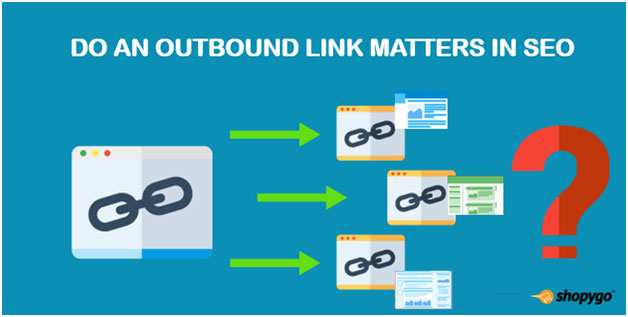
When looking for a theme, you may notice links embedded in the footer section. Some theme developers add them to promote their design services, while others sell these footer link placements to others. As these URLs will appear on every post and page, they will drain your site, basically passing some of its ranking power to the linked sites. So, avoid using themes that have one or more outbound links that cannot be easily removed.
7. Updated Regularly
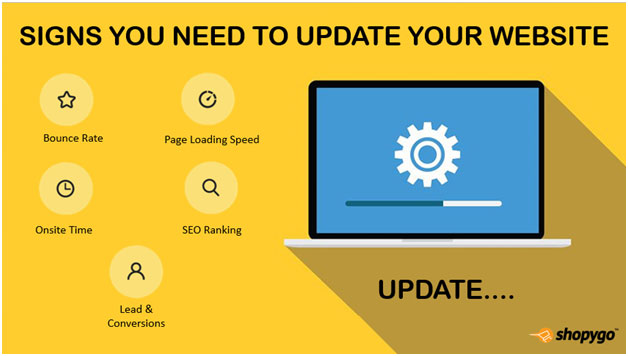
Search engines constantly add new features to their algorithms, and your site can soon become outdated if you do not keep up with updates.
SEO takes a hit when an outdated theme is used. An outdated theme also has limited functionality on new devices and browsers. For example, if your theme is not compatible with the latest version of Opera, it will not load.
Shopygo developers frequently update themes to offer the latest security patches, eliminate security vulnerabilities, fix bugs, address compatibility issues with the latest browser versions, and clean up old code.
8. Support for Featured Snippets
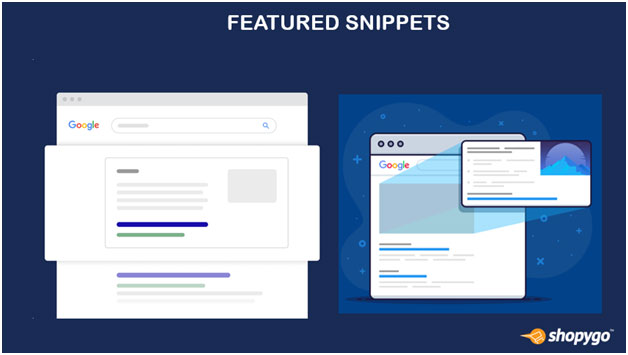
Using schema markup makes it possible to display a featured snippet from your website. Themes that make use of scheme.org markup allow search engines to understand your website content better to provide richer search results. Look for a theme that automatically adds markup to your site for product schema, FAQ snippets, video object snippets, breadcrumbs, etc.
9. Website Structure
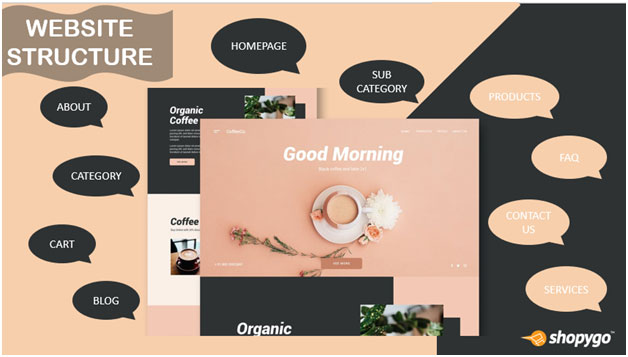
Well-structured navigation, inner links, and content will make it easy for search engines to find and index your pages, thus improving their chances of ranking higher.
So, when picking a theme, pay attention to the layout structure and website architecture - the way pages are linked together. Check your theme's live demo for usability, that is if the way of finding what you want is intuitive and simple.
10. Multiple Browsers
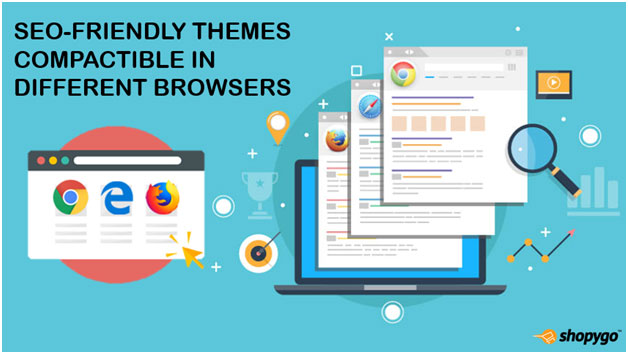
An SEO-friendly theme is compatible with the most popular browsers like Opera, Google Chrome, Mozilla Firefox, and Safari.
Next to the browsers, your website should work on all last five versions of operating systems like Windows, iOS, Android, and Linux browsers.
Most themes take care that the theme works across all the top browsers. However, as a good practice, you too should check whether the theme is compatible or not. Test the live demo of the template you are going to use to see if it offers cross-browser compatibility.
11. Integrated Blogging Platforms

While blogging is not in and of itself a ranking signal, it's good for SEO since it helps with plenty of things that are significant ranking factors. Some of them are -
- Keeps your website updated
- Improve users time on page
- Helps you target long-tail keywords
- Gives opportunities for internal linking
- Helps you earn external links
You can achieve all the above by using a theme with a blogging module that consists of topical, engaging, and shareable editorial-style content.
12. Optimized Images

If your store’s images are very huge, they will increase your website's load time. This will affect usability and search engine rankings in the process.
Your theme must use optimized images. Shopygo does a lot of the work here -
- Cache images to reduce load time
- Resize images to make them responsive
- Lightly compress and convert images to the web-standard 72dpi
- Serve images in the WebP format
Compare the above 12 characteristics to your SEO checklist to understand how usable and well-built the theme is.
Final Thoughts
Most eCommerce platforms today offer a variety of features that will help you optimize your online store for search engines. But considering that SEO involves a lot of factors - UX, speed, meta tags, and more, you will have to use a platform that does well with all of them.
In fact, it will need to ace in all of them.
Shopygo’s themes are built to be as search engine friendly as possible. They are both stunning and optimized with the latest SEO techniques. Getting found in search results is easy with Shopygo as a lot of the hard work is already done for you.
With such themes, you will have an SEO-optimized store from day one. This means that your store's entire foundation will be optimized. Your website will have the foundation it needs to quickly climb the search results - and all you got to do is add the other strategies.
Which SEO-friendly Shopygo theme do you love and recommend? Tweet us @Shopygo and we'll share your recommendation!If you need to know more contact us by email support@shopygo.com




